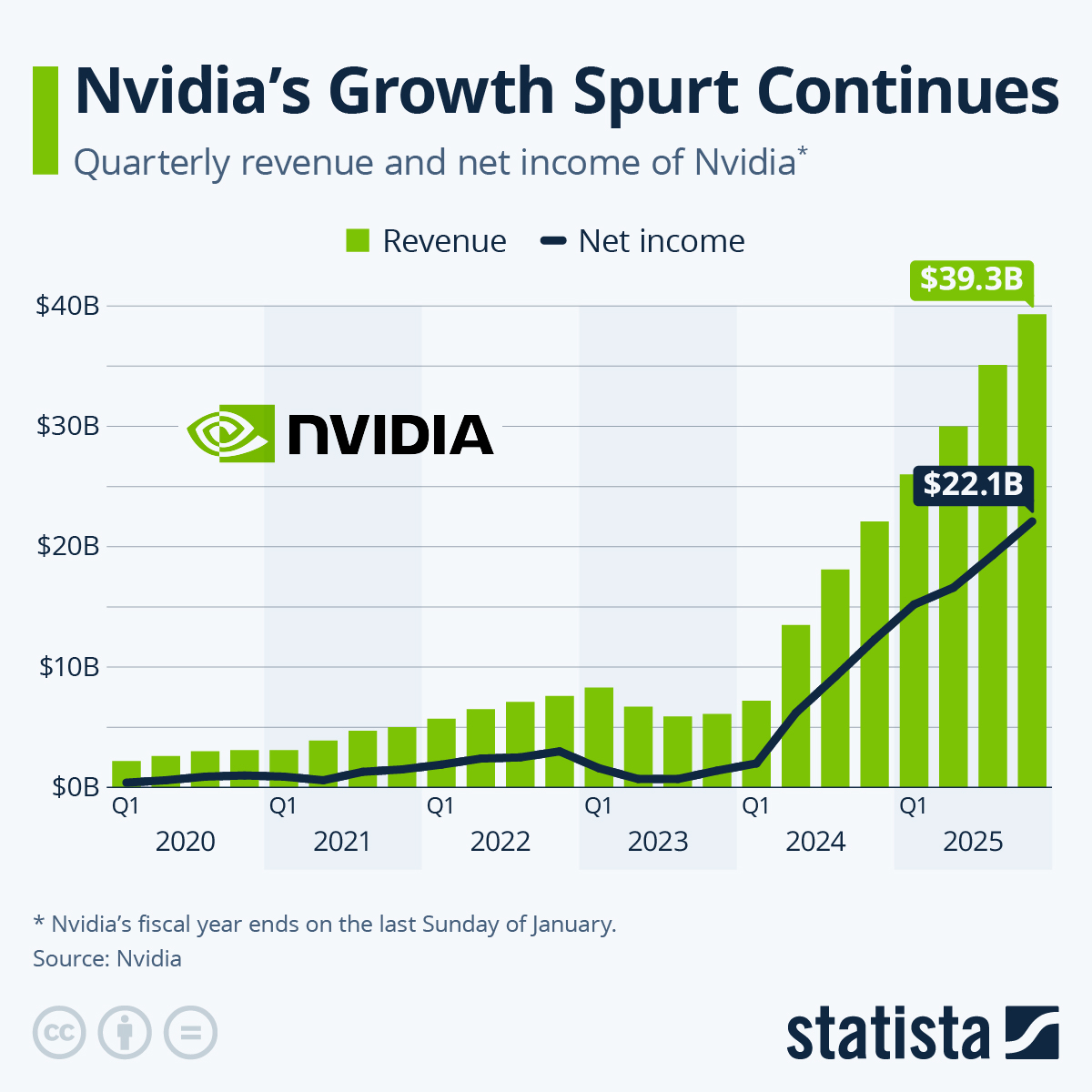Can Android's Fresh Look Compete With IPhones Among Young Adults?

Table of Contents
Android's Design Evolution: Catching Up to iOS?
For years, iOS held a significant advantage in terms of visual appeal and user-friendliness. However, recent Android versions have undergone a dramatic transformation. Material Design 3, in particular, has brought a level of polish and sophistication that directly challenges Apple's design aesthetic. Android's fresh look is no longer just functional; it's visually appealing. This is crucial for young adults who value both form and function in their tech.
What specific elements contribute to this improved design?
- Improved Customization Options: Android's extensive customization options allow users to personalize their home screens, widgets, and app icons, creating a truly unique and visually satisfying experience. This level of control is highly attractive to a generation that thrives on self-expression.
- More Visually Appealing Widgets and Home Screens: Widgets are no longer just functional blocks of information; they are now interactive and aesthetically integrated into the overall design. The improved home screen layouts allow for greater flexibility and creative expression.
- Smoother Animations and Transitions: The animations and transitions in the latest Android versions are noticeably smoother and more refined, adding a premium feel often associated with iOS.
- Enhanced App Icon Designs: The overall look and feel of app icons have been significantly improved, moving away from a cluttered and inconsistent aesthetic towards a more unified and modern design language.
- Better Integration with Other Google Services: Seamless integration with Google services like Gmail, Google Maps, and YouTube offers a cohesive and convenient user experience.
App Ecosystem and User Experience: A Head-to-Head Comparison
While Android's fresh look is impressive, the app ecosystem remains a critical battleground. Both platforms offer access to a vast library of apps, but key differences exist. Young adults primarily use apps for social media, gaming, and streaming services.
Let's compare the two ecosystems:
- Availability of Exclusive Apps: Some apps might be exclusive to one platform or the other, impacting user choice. While this gap is narrowing, some popular games or niche apps might still be iOS-only, influencing the decision-making of some young adults.
- Ease of App Navigation and Discoverability: Both platforms offer intuitive app stores, but nuances exist in navigation and app discovery features. Young adults often value ease of access and discovery.
- Performance Differences between Android and iOS Apps: While performance has improved significantly on Android, some users might perceive performance differences between apps on the two platforms.
- Social Media Integration: Both platforms offer excellent social media integration, but subtle variations in the level and type of integration might appeal differently to individual users.
Price and Accessibility: A Factor in Young Adult Choices
Price is a significant factor, particularly for young adults. While iPhones often command higher prices, the Android market offers a much broader range of devices, from budget-friendly options to high-end flagships.
Here's a breakdown of price considerations:
- Price Range Comparison: Entry-level Android phones can often compete with iPhones in terms of features and user experience, at a significantly lower price point. However, at the high end, the pricing becomes more comparable.
- Availability of Android Devices at Various Price Points: This wide range of pricing and features caters to various budgets, making Android a more accessible option for many young adults.
- Impact of Carrier Deals and Financing Options: The availability of carrier deals and financing plans further enhances the affordability of Android devices.
Marketing and Brand Perception: Shaping Young Adult Preferences
Marketing plays a significant role in shaping brand perception. Apple cultivates a premium image centered around design and user experience. Android manufacturers, on the other hand, often emphasize customization and device variety.
Here's how marketing influences young adults:
- Apple's Premium Branding: Apple’s marketing strategies often portray a sense of exclusivity and premium quality, appealing to a segment of young adults who value status and brand recognition.
- Android's Emphasis on Customization: Android marketing often highlights the freedom and flexibility of customization, attracting young adults who appreciate personalization and unique styles.
- Role of Social Media Marketing and Influencer Campaigns: Both Apple and Android manufacturers heavily utilize social media marketing and influencer campaigns to reach their target demographics.
Conclusion: Android's Fresh Look and the Future of the Young Adult Market
Android's fresh look, driven by improvements like Material Design 3, has significantly enhanced its visual appeal and user experience. While the iPhone retains a strong brand presence and premium image, Android's improved design, coupled with greater price accessibility and a vast app ecosystem, makes it a formidable competitor in the young adult market. Factors like app exclusivity, performance, and marketing strategies continue to play significant roles. The future likely holds continued competition, with both platforms adapting to the evolving needs and preferences of this dynamic demographic.
Share your thoughts – Do you think Android's fresh look can truly compete with iPhones among young adults? Join the conversation in the comments below!

Featured Posts
-
 Mdkhnw Krt Alqdm Asmae Lamet W Eadat Syyt
May 10, 2025
Mdkhnw Krt Alqdm Asmae Lamet W Eadat Syyt
May 10, 2025 -
 Young Thugs Uy Scuti Album What We Know So Far About The Release Date
May 10, 2025
Young Thugs Uy Scuti Album What We Know So Far About The Release Date
May 10, 2025 -
 Palantir Stock Q1 2024 Earnings Government And Commercial Growth
May 10, 2025
Palantir Stock Q1 2024 Earnings Government And Commercial Growth
May 10, 2025 -
 Match National 2 Dijon Concarneau 0 1 28eme Journee
May 10, 2025
Match National 2 Dijon Concarneau 0 1 28eme Journee
May 10, 2025 -
 Kse 100 Halted Operation Sindoors Shockwaves On Pakistans Stock Market
May 10, 2025
Kse 100 Halted Operation Sindoors Shockwaves On Pakistans Stock Market
May 10, 2025
